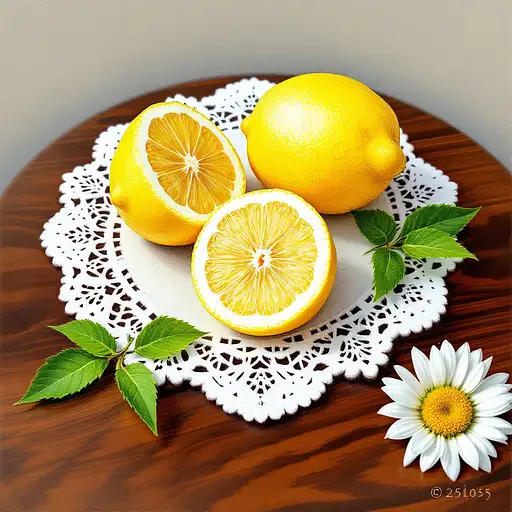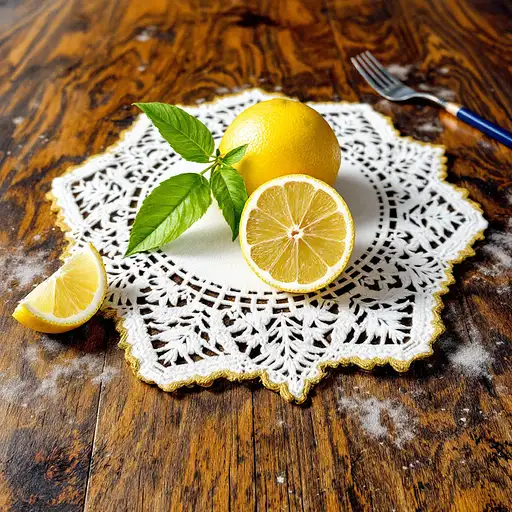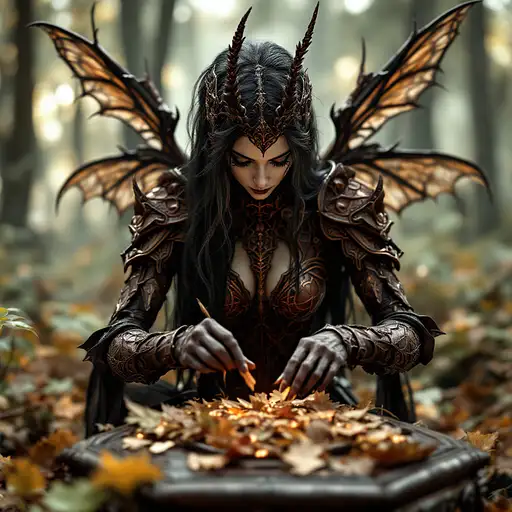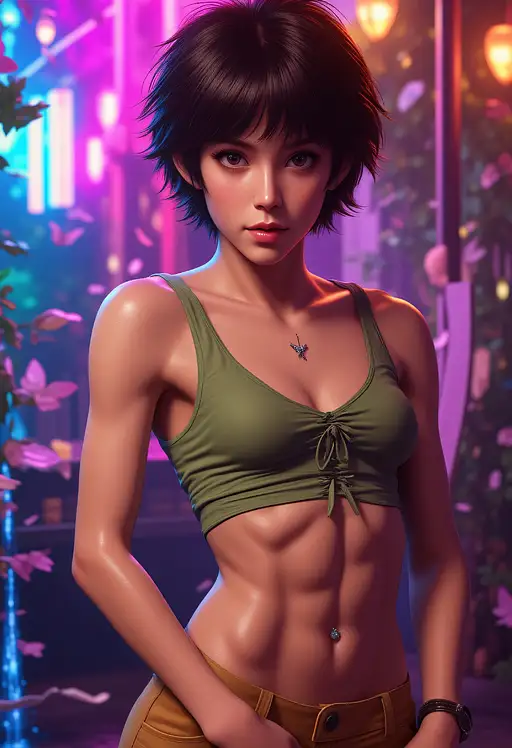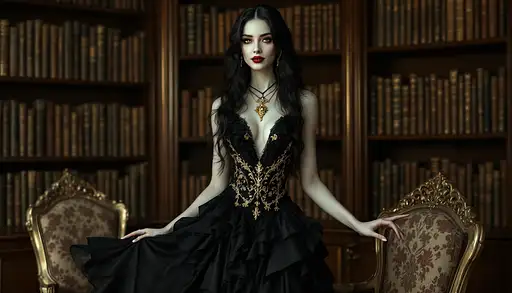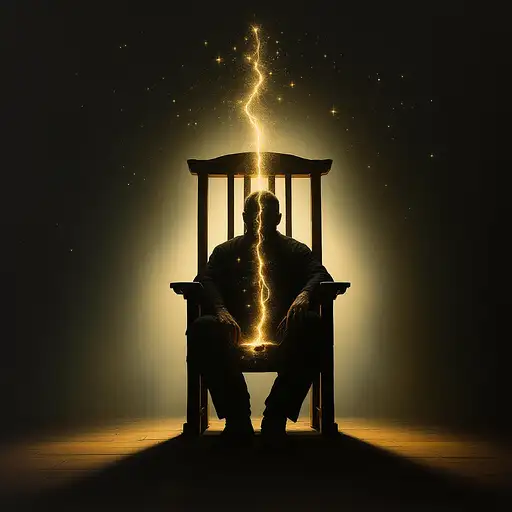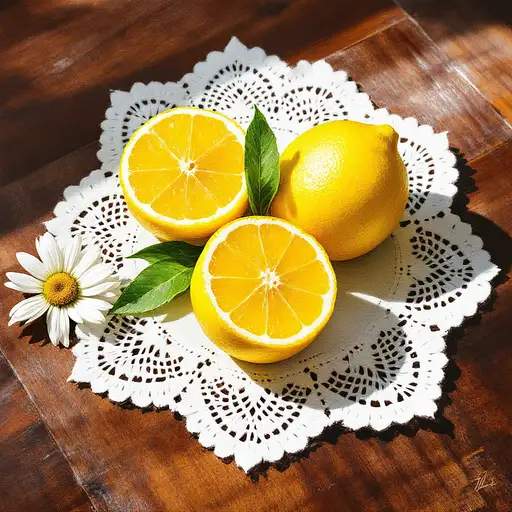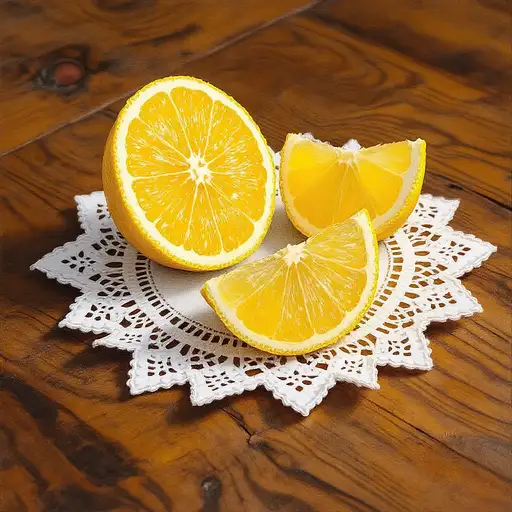
5 months ago
A woman lies back on the plush cushion of her modern apartment's couch, exuding an air of relaxed contentment. Her loose summer dress seems to be the epitome of laid-back elegance, its flowing fabric billowing out around her like a cloud. Her long messy auburn hair cascades down her back like a tumble of autumn leaves, its rich color seeming to glow in the soft light that fills the room. As she lies back on the couch, her legs stretch out before her like two relaxed pillars, their smooth skin seeming to glow with a healthy radiance. Her black leather ankle boots add a touch of edgy sophistication to an otherwise bohemian look, like a splash of dark paint that adds depth and contrast to the overall picture. Her hands are thrown back behind her head, as if she's just surrendered herself to the joy of relaxation. A light dusting of makeup seems to enhance rather than obscure her natural beauty, like a delicate brushstroke that adds nuance and character to an already stunning face. The modern apartment around her is sleek and sophisticated, its hardwood floors gleaming like polished mahogany in the soft light. Every aspect of this moment seems to be suspended in time, frozen forever as she basks in the relaxed comfort of her own private sanctuary.








